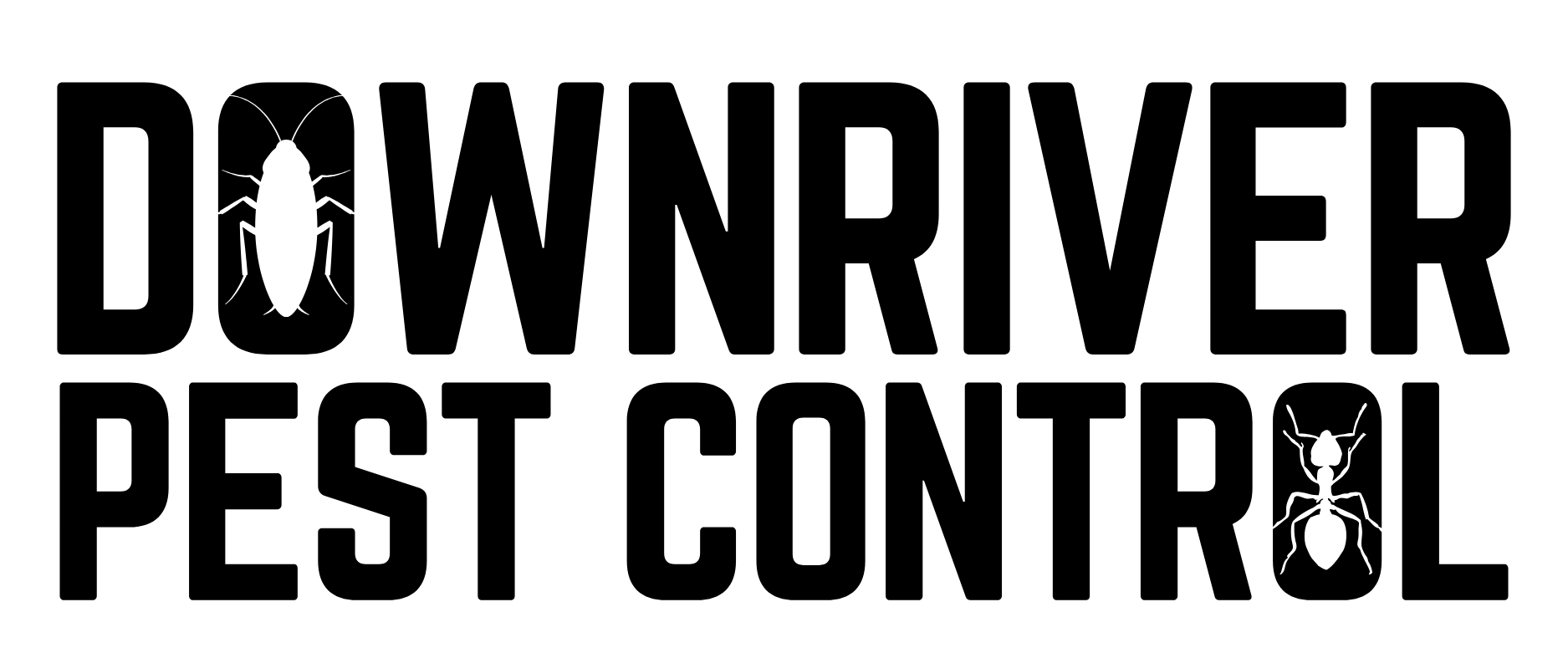
Clover Mites
Contact Us
Facts About Clover Mites
- Tiny Arachnids: Clover mites (Bryobia praetiosa) are very small arachnids, typically measuring less than 1mm in length. They are often reddish-brown in color.
- Plant Feeders: These mites are plant feeders, primarily feeding on the sap of various plants. They are especially fond of clover, but they can also infest other plants like grasses, ornamental flowers, and fruit trees.
- Not Parasitic: Clover mites are not parasitic to humans or animals. They do not bite, sting, or transmit diseases.
- Seasonal Pests: They are considered seasonal pests and are most active during the spring and fall when temperatures are mild. They tend to become dormant during the hot summer months and cold winter months.
- Indoor Invaders: While primarily outdoor pests, clover mites can become indoor nuisances. They may enter homes through small cracks and openings in search of moisture during dry periods.
- Red Stains: When crushed, clover mites leave behind a distinctive red stain. This can be a common sign of their presence on surfaces where they are accidentally squished.
- Prefer Moisture: Clover mites are attracted to moisture. Overwatering plants or excessive moisture around the foundation of a building can attract them.
- Control Measures: To prevent clover mite infestations, homeowners can employ measures such as sealing cracks in the foundation, reducing excess moisture, and maintaining a strip of bare soil or gravel around the building perimeter.
- Pesticide Use: Chemical pesticides are typically not recommended for controlling clover mites indoors due to their minimal threat to humans and pets. Instead, non-chemical methods like vacuuming or using a damp cloth to remove them are preferred.
- Beneficial Predators: Some natural predators, such as ladybugs, predatory mites, and parasitic wasps, can help keep clover mite populations in check in outdoor environments.
- Life Cycle: Clover mites go through a simple life cycle with eggs, nymphs, and adult stages. Their life cycle can be completed in as little as a few weeks.
- Environmental Indicators: In some cases, clover mite infestations on lawns or plants can be an indicator of an underlying issue, such as soil compaction or nutrient imbalances, which may need to be addressed for overall plant health.
Remember that while clover mites are considered pests in some situations, they are generally harmless to humans and pets and play a role in the ecosystem as part of the arachnid family.
How To Prevent Clover Mites
Preventing clover mites from invading your home and garden involves a combination of outdoor and indoor measures. These tiny arachnids can be a nuisance when they infest your property, so here's a list of steps to help you prevent clover mites:
- Maintain Proper Lawn Care:
- Regularly mow and trim your lawn to keep it short and well-maintained. Clover mites prefer tall, lush grass.
- Reduce Clover Infestations:
- Remove clover patches from your lawn, as they are a primary food source for these mites.
- Seal Cracks and Gaps:
- Inspect the exterior of your home for cracks and gaps and seal them using caulk or weatherstripping. Pay special attention to windows, doors, and foundation gaps.
- Install Door Sweeps:
- Use door sweeps on exterior doors to prevent mites from crawling inside.
- Screen Vents and Openings:
- Install fine mesh screens over vents, soffit openings, and crawl space vents to block mites from entering.
- Keep Doors and Windows Closed:
- In the fall when clover mite activity peaks, keep doors and windows closed, especially during warm and sunny days when mites are more active.
- Reduce Moisture Near the Foundation:
- Clover mites thrive in damp environments. Ensure good drainage around your home to prevent excess moisture near the foundation.
- Trim Vegetation Near the House:
- Trim bushes, shrubs, and trees that touch the exterior of your home. This reduces the bridge between outdoor mite populations and your house.
- Avoid Over-Watering:
- Be cautious not to over-water your lawn and garden, as excess moisture can attract clover mites.
- Use Insecticides Sparingly:
- Consider using insecticides or acaricides specifically labeled for clover mites, but use them sparingly and follow the manufacturer's instructions. Avoid broad-spectrum chemicals that may harm beneficial insects.
- Regularly Clean and Vacuum:
- Inside your home, regularly vacuum floors, carpets, and window sills to remove any mites that may have entered. Dispose of the vacuum bag or clean the canister outside to prevent reinfestation.
- Minimize Indoor Moisture:
- Maintain a dry indoor environment by fixing any leaks and using dehumidifiers if necessary, as mites are less likely to thrive in dry conditions.
- Inspect and Shake Outdoor Items:
- Before bringing outdoor items like furniture or plants indoors, inspect them for clover mites and give them a good shake to dislodge any potential hitchhikers.
- Consider Professional Pest Control:
- If you have a severe clover mite infestation that persists despite your efforts, consider consulting a professional pest control service for targeted treatment.
Remember that prevention is often more effective than dealing with an infestation. By taking these steps, you can significantly reduce the likelihood of clover mites becoming a problem in and around your home.

